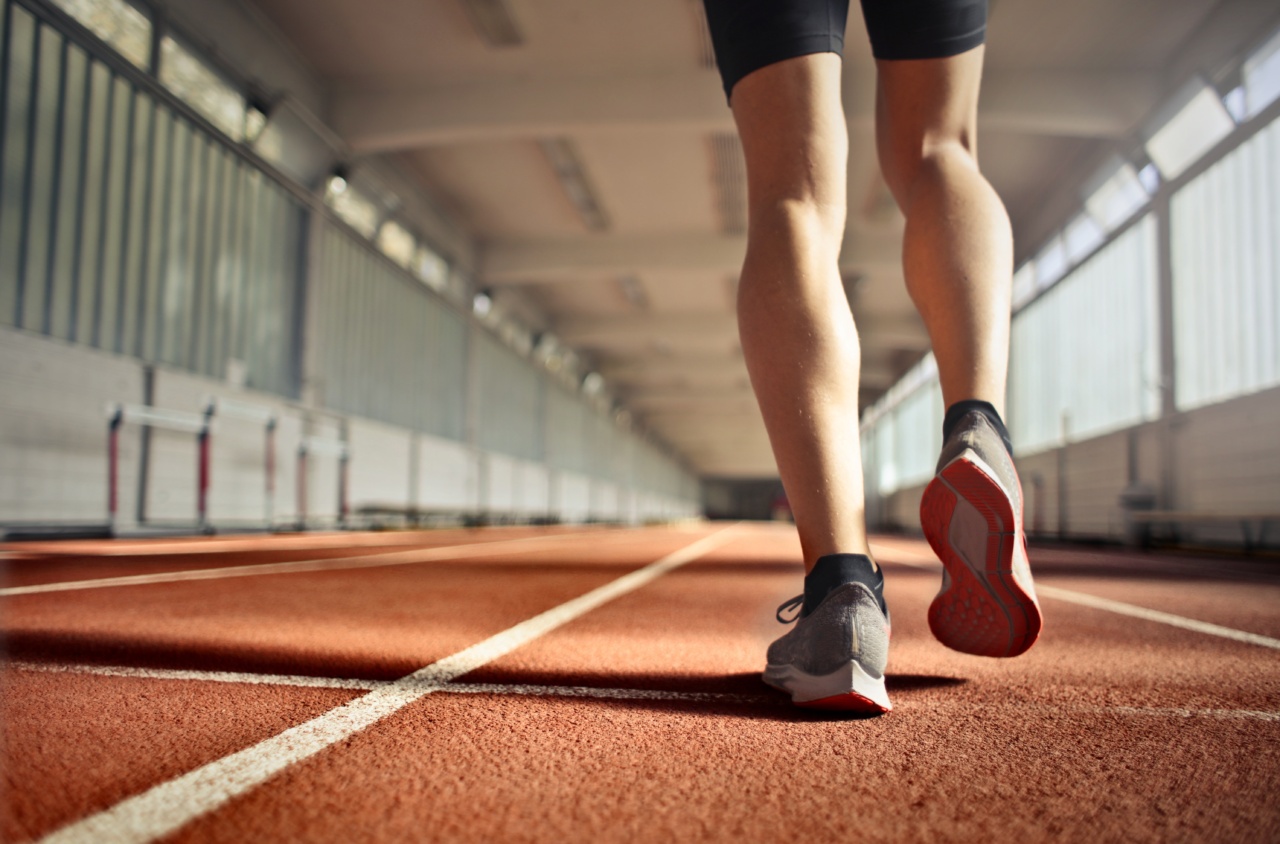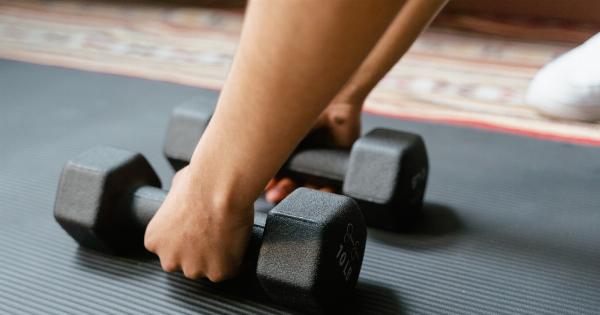Depression, also known as major depressive disorder, is a common mental illness that affects millions of people worldwide.
It is characterized by persistent sadness, loss of interest or pleasure in activities, and other emotional and physical symptoms that interfere with daily life. While there are various treatments available for depression, such as therapy and medication, there’s also a simple yet effective way to combat this mental health issue. That is, through physical activity.
In this article, we will explore the surprising anti-depressant benefits of physical activity.
What is physical activity?
Physical activity is any movement that requires energy expenditure by the body. It can be as simple as taking a walk or doing household chores, or as vigorous as running or playing sports.
According to the World Health Organization, adults should get at least 150 minutes of moderate-intensity physical activity or 75 minutes of vigorous-intensity physical activity per week. Children and adolescents should also engage in physical activity for at least 60 minutes per day.
Physical activity and depression
Research has shown that physical activity can be an effective way to reduce the symptoms of depression. Exercise releases endorphins, neurotransmitters that can improve mood and reduce pain perception.
It also increases the levels of other neurotransmitters, such as dopamine and serotonin, which are involved in regulating mood, appetite, and sleep.
In a meta-analysis of 33 randomized controlled trials, which included over 1,800 participants, it was found that exercise was a moderately effective treatment for depression.
Another study found that even a small amount of physical activity, such as walking for just 10 minutes a day, can reduce the risk of depression by 26%.
The benefits of physical activity for mental health
Aside from its anti-depressant effects, physical activity has numerous benefits for mental health. For example:.
1. Reduces stress and anxiety
Physical activity can help reduce stress and anxiety by providing a healthy outlet for tension and promoting relaxation. Exercise also increases the levels of endorphins, which can help reduce feelings of anxiety and stress.
2. Improves cognitive function
Regular physical activity has been shown to improve cognitive function, such as attention, memory, and executive functioning. This may be due to the increased blood flow and oxygenation to the brain, as well as the growth of new neurons.
3. Improves sleep
Physical activity can help improve the quality and duration of sleep, which is important for overall health and well-being. Regular exercise can help regulate the sleep-wake cycle and reduce the risk of sleep disorders, such as insomnia.
4. Boosts self-esteem and confidence
Physical activity can help boost self-esteem and confidence by providing a sense of accomplishment and mastery. Exercise also improves body image and physical health, which can lead to greater self-appreciation and self-worth.
Types of physical activity
There are various types of physical activity that can be beneficial for mental health:.
1. Aerobic exercise
Aerobic exercise, such as brisk walking, jogging, cycling, and swimming, is a great way to get the heart pumping and increase the levels of endorphins.
It can also improve cardiovascular health and reduce the risk of chronic diseases, such as diabetes and heart disease.
2. Strength training
Strength training, such as weightlifting and bodyweight exercises, is a great way to build muscle and improve physical function. It can also increase the levels of growth hormone, which can help reduce the risk of depression and anxiety.
3. Yoga and meditation
Yoga and meditation are great ways to reduce stress and anxiety and improve mental and physical flexibility.
They have been shown to increase the levels of gamma-aminobutyric acid (GABA), a neurotransmitter that can help reduce anxiety and improve mood.
Tips for incorporating physical activity into your routine
Here are some tips for incorporating physical activity into your routine:.
1. Start small
If you’re new to exercise, start small and gradually increase your activity level. You can begin with 10 minutes of light activity and gradually work your way up to 30 minutes or more.
2. Find what you enjoy
Find an activity that you enjoy, whether it’s dancing, hiking, or playing sports. This will make it easier to stick with it and make it a regular part of your routine.
3. Make it a habit
Try to make physical activity a regular part of your routine, such as by scheduling it into your calendar or finding a workout buddy. This can help you stay motivated and committed.
4. Be kind to yourself
Remember that physical activity is not about perfection but about progress. Be kind to yourself and celebrate your accomplishments, no matter how small they may seem.
Conclusion
Physical activity is a simple yet effective way to improve mental health and combat depression. Exercise releases endorphins and other neurotransmitters that can improve mood, reduce stress, and boost cognitive function.
Whether it’s aerobic exercise, strength training, or yoga and meditation, there are various types of physical activity that can be beneficial for mental health. By incorporating physical activity into your routine, you can improve your overall health and well-being.































